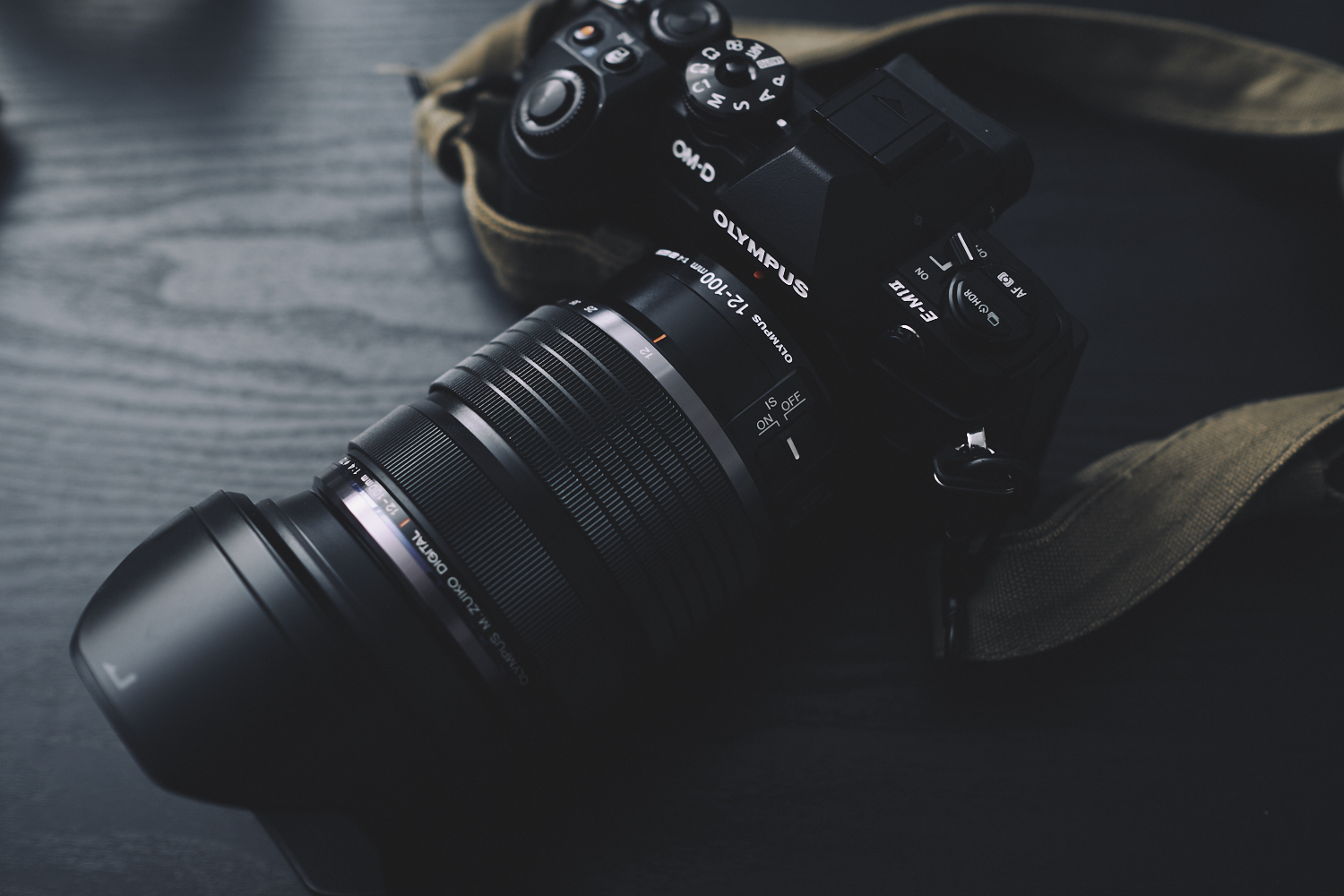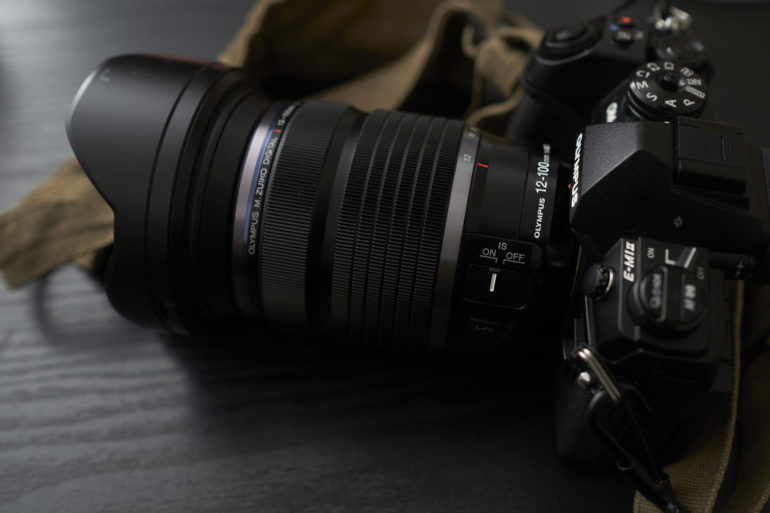Last Updated on 12/03/2017 by Chris Gampat
In absolutely so many ways, the Olympus 12-100mm f4 PRO is the only lens you’ll probably ever need if you’re combining it with the company’s fantastic higher end cameras. Micro Four Thirds camera owners who use this lens may never take it off unless they want something with a faster aperture. But time and time again, I was absolutely surprised by the output of this lens due to how it was constructed. It boasts weather sealing, a simple way to switch to manual focus, image stabilization, and the ability to produce some beautiful image quality. It’s designed for the landscape and travel photographer more than anything. And when you consider the format is more or less based on a sensor that’s around the size of 110 film then you can see just how far the system has evolved.
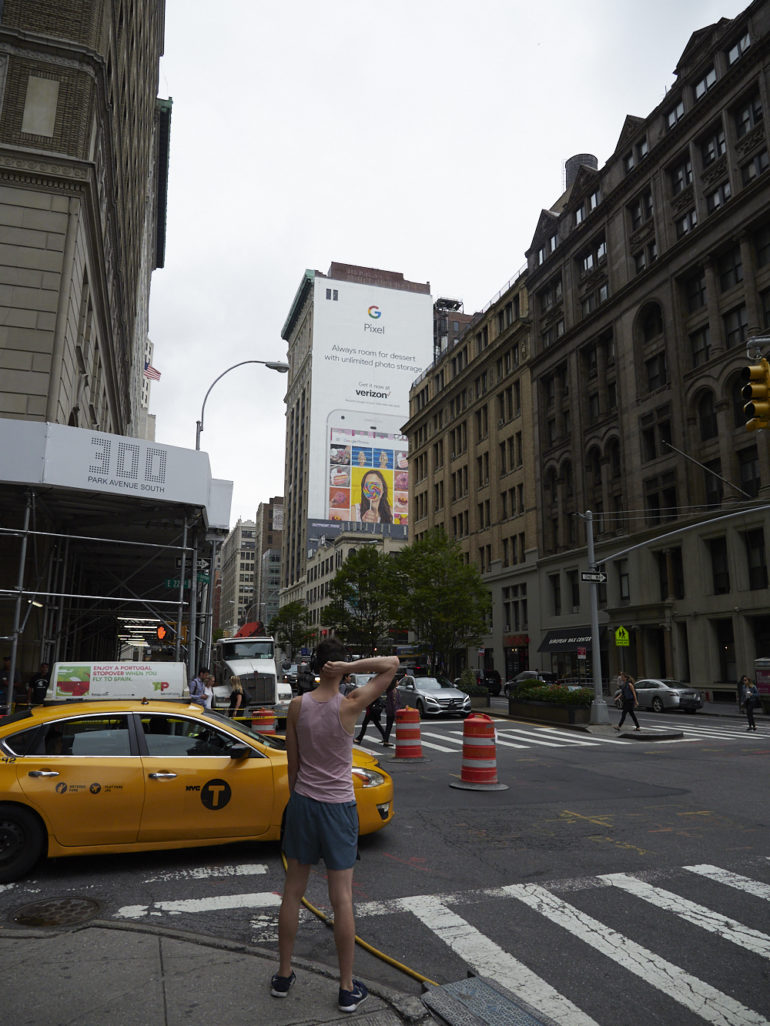
The Olympus 12-100mm f4 Pro lens is essentially a 24-200mm f8 equivalent. Granted, that focal length conversion truly stands when comparing it to 35mm, but the depth of field equivalency is all that stands otherwise. The exposures however are still the same as f4, as no matter what sensor or film plane size it will still gather the same amount of light. That’s part of what has made Olympus so great for a while though, the fact that they can produce many lenses in a smaller size others really can’t. I mean, just imagine trying to get a 24-200mm f4 for full frame–the thing would be huge. But in the case of Olympus, you’re not really getting something that massive. Olympus lenses are pretty heavily over engineered as the reps tell me and comparatively speaking they’re not too terribly priced for most audiences. Though Olympus and Micro Four Thirds face issues with detail loss and more noise at higher ISOs vs competitors, their products are still more than good enough.
But what’s always made them stand out is their lenses. And in this case, one of Olympus’s first lenses with image stabilization designed to work with their sensors is surely paying off.
Pros and Cons
Pros
- Fairly compact
- Feels nice in the hand
- Switch for manual focus
- Image stabilization that works with the sensor
- With the OMD EM1 Mk II, it’s almost impossible to get a blurry shot from camera shake
- Sharp
- Nice colors
- Fast autofocus capabilities
Cons
- Nothing that I can say objectively.
Gear Used
We tested the Olympus 12-100mm f4 Pro with the Olympus OMD EM1 Mk II.
| Performance | ||||||
|---|---|---|---|---|---|---|
| Focal Length | 12 – 100mm | Comparable 35mm Focal Length: 24 – 200 mm | ||||
| Aperture | Maximum: f/4 | Minimum: f/22 | ||||
| Camera Mount Type | Micro Four Thirds | |||||
| Format Compatibility | Micro Four Thirds | |||||
| Angle of View | 84° – 12° | |||||
| Minimum Focus Distance | 5.91″ (15 cm) | |||||
| Magnification | 0.3 – 0.21x | |||||
| Elements/Groups | 17/11 | |||||
| Diaphragm Blades | 7, Rounded | |||||
| Features | |
|---|---|
| Image Stabilization | Yes |
| Autofocus | Yes |
| Physical | |
|---|---|
| Filter Thread | Front: 72 mm |
| Dimensions (DxL) | Approx. 3.05 x 4.59″ (77.5 x 116.5 mm) |
| Weight | 1.23 lb (561 g) |
Ergonomics
Taken from our first impressions post
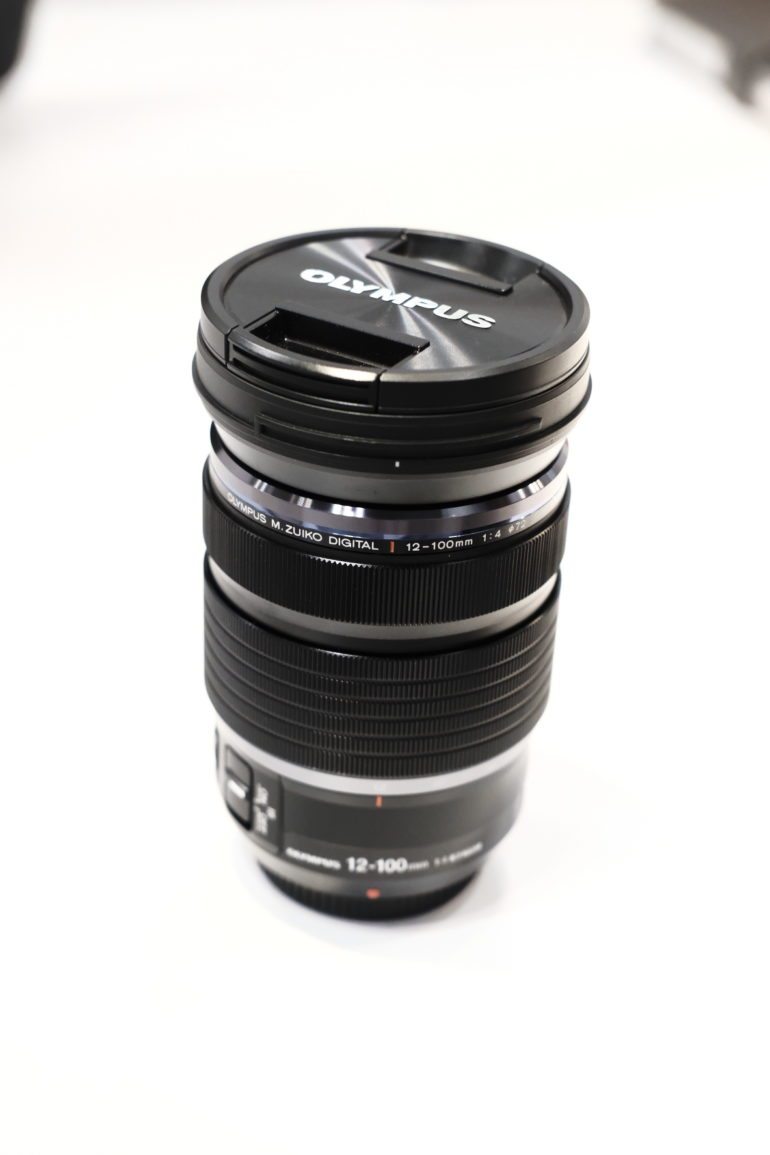
The 12-100mm F/4 IS Pro feels great in the hands. The finish on the lens barrel is easy to hold onto and doesn’t feel like it could easily slip out of your hand. The lens looks as if it could be a little front heavy on the very light Olympus cameras, especially when the barrel is fully extended.
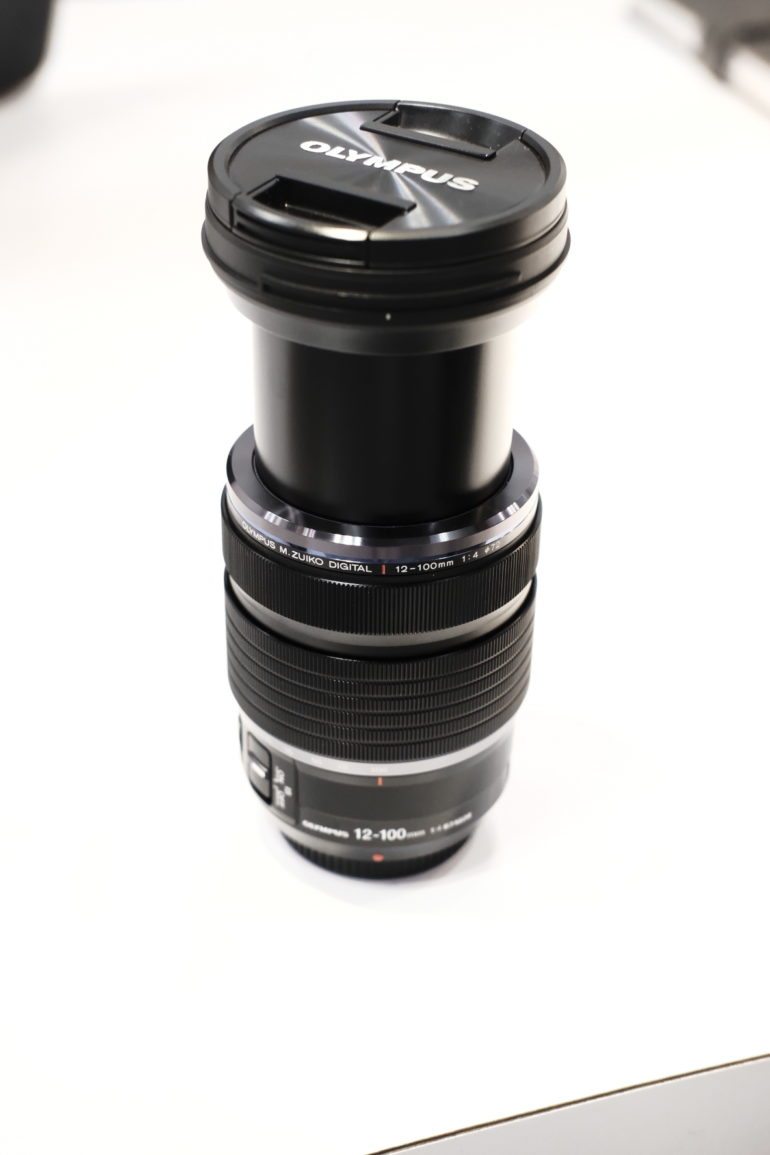
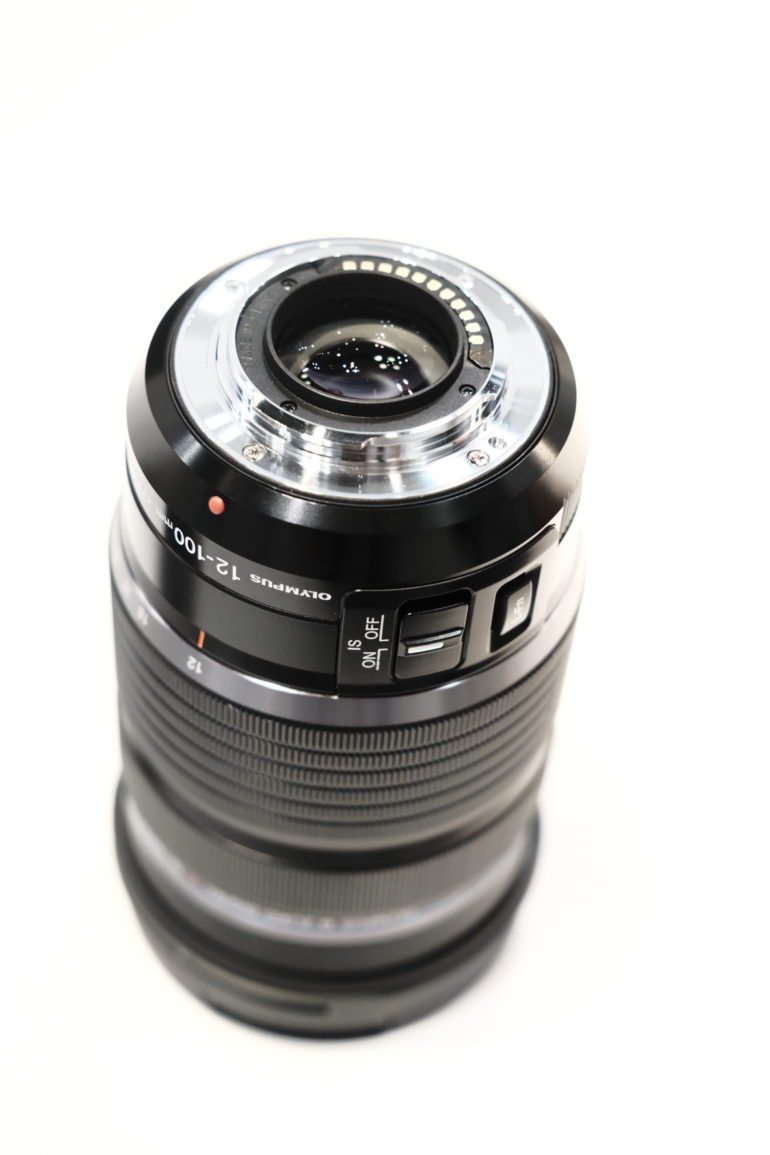
The lens has a good size for anyone with average to large hands – it fits comfortably. Users with smaller hands may find the lens to be a bit on the large size to hold, but overall it is a good size.
Build Quality
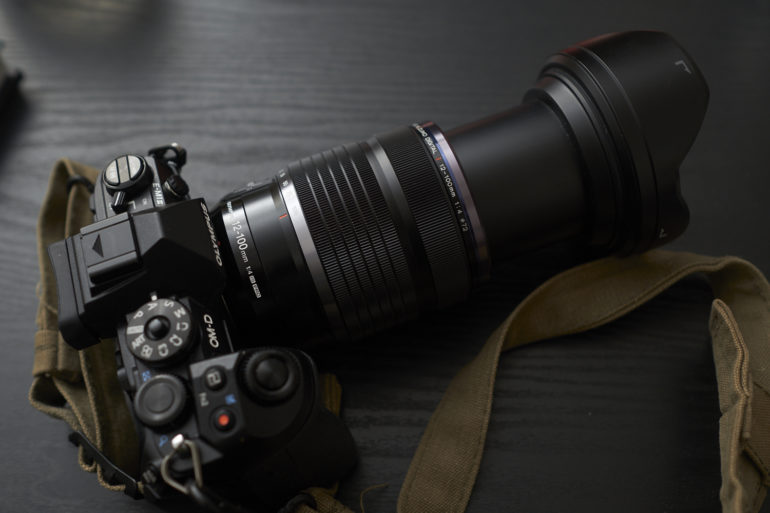 During our tests, we took the OMD EM1 Mk II and the Olympus 12-100mm f4 PRO out for a walk in a rainstorm. Olympus gear has always been very well suited to this situation and this is no exception. The Olympus 12-100mm f4 PRO can surely handle the rain with little issues.
During our tests, we took the OMD EM1 Mk II and the Olympus 12-100mm f4 PRO out for a walk in a rainstorm. Olympus gear has always been very well suited to this situation and this is no exception. The Olympus 12-100mm f4 PRO can surely handle the rain with little issues.
Personally speaking though, I’ve never been the biggest fan of Olympus’ zoom lenses though I’ll admit this is because I don’t like zooms. Olympus gave the Olympus 12-100mm f4 PRO a fantastic build with the nice, textured rings for great grip and the otherwise slick body. The fact that they allowed the focus ring to flip back for manual focusing is even better. Olympus has been doing this for a while with a number of their lenses and their customers only benefit.
Additionally, the Olympus 12-100mm f4 PRO lacks a zoom locking mechanism and that’s where I think Olympus could improve. There’s quite a bit of range here and it would keep the lens compact in your camera bag. But again, that isn’t a deal breaker here at all.
Ease of Use
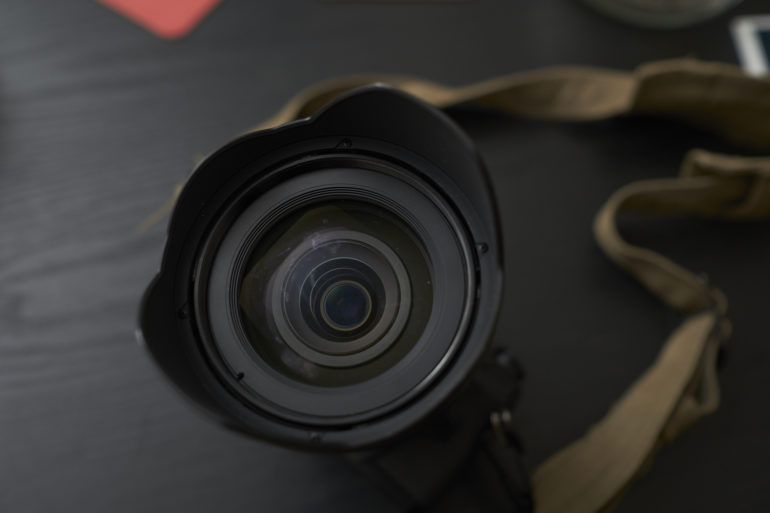 In my time testing the Olympus 12-100mm f4 PRO I found it pretty simple to use. I never accidentally moved the focusing ring to manual focus and I never accidentally turned on image stabilization. However, these are things that can happen. But considering that I’ve been using this lens on and off for a number of months now, I didn’t find it to be problematic. Most folks will probably use this lens in autofocus mode. And what’s really nice is how closely it focuses when doing things like photographic bees on a flower.
In my time testing the Olympus 12-100mm f4 PRO I found it pretty simple to use. I never accidentally moved the focusing ring to manual focus and I never accidentally turned on image stabilization. However, these are things that can happen. But considering that I’ve been using this lens on and off for a number of months now, I didn’t find it to be problematic. Most folks will probably use this lens in autofocus mode. And what’s really nice is how closely it focuses when doing things like photographic bees on a flower.
Autofocus

Now that we’re talking about autofocus just a bit, what I really like about the Olympus 12-100mm f4 PRO is just how closely it can focus when zoomed in. It guarantees a lot of great bokeh and you never really have to stop down to begin with. Additionally, the lens is really speedy. Even in low lighting, it and the the OMD EM1 Mk II never slowed down. I always got accurate results and part of this is due to how much is in focus at any given aperture. If you absolutely never want to miss a shot, I’d honestly just mount this this on a camera, get a flash or a Profoto B1X illuminating a room, and you’ll be all set.
For the most accurate performance, you should pre-select a focusing point. But for the best candid performance, it sometimes makes sense to let the camera and lens do their own thing. Again, it’s something that more or less adheres to the adage “f8 and be there.”
Image Quality

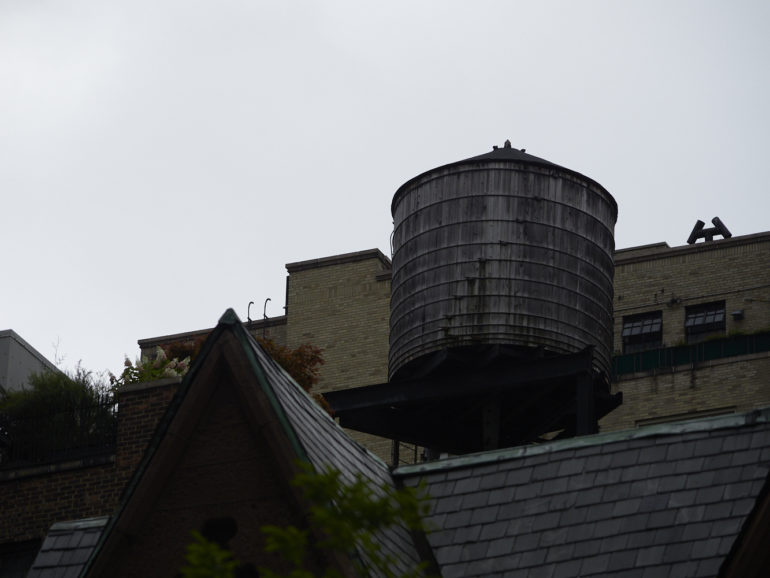
Olympus’ lenses have always been stellar; and you know you’re always going to get very great performance from them. The Olympus 12-100mm f4 PRO is no exception to the point where I’m incredibly used to saying the image quality is great. With that said, it’s going to age well with time too because it resolves a whole lot of detail. On top of that, it’s possible to get bokeh with it on the longer end of the lens. On the wider end, just know you’re more or less going to always get the entire scene in focus.
Bokeh

With seven aperture blades, I wonder why Olympus didn’t put in nine blades. Perhaps this would have tainted the image quality, but as we’ve seen in recent history, it’s very difficult to tell the difference between a seven aperture blade lens and a nine aperture blade lens unless you’re working with bokeh balls. Either way, you’re bound to get that great shot of a bird while using this lens.
Color Rendition

Olympus’ color rendition in the past few years has changed quite a bit. It used to look very much like film but now it doesn’t. It looks very digital–and that’s not really a problem per se because the colors are nice. But in order to get the best colors with this lens I recommend manually white balancing. What really helps the Olympus 12-100mm f4 PRO is the fact that it’s a very contrasty lens so the colors are bound to pop more in a manner that is a bit more typical to what Zeiss does; but at the same time there is a clear distinct lack of micro-contrast.
Chromatic Aberration
The Olympus 12-100mm f4 PRO tends to keep distortion and fringing down. With Adobe Lightroom, lots of folks say the lens profiles are baked into the images. But when you work with Capture One, you start to see they profiled the lenses themselves. So with that said, you can expect to see a little bit of distortion correction but even so it isn’t very much at the longer end. But as is normal for Olympus, the wider end of things really start to show off the flaw the Olympus 12-100mm f4 PRO has. If you were to take an area of a photo and split it into the rule of thirds, you’d see that all the outer edges have distortion.
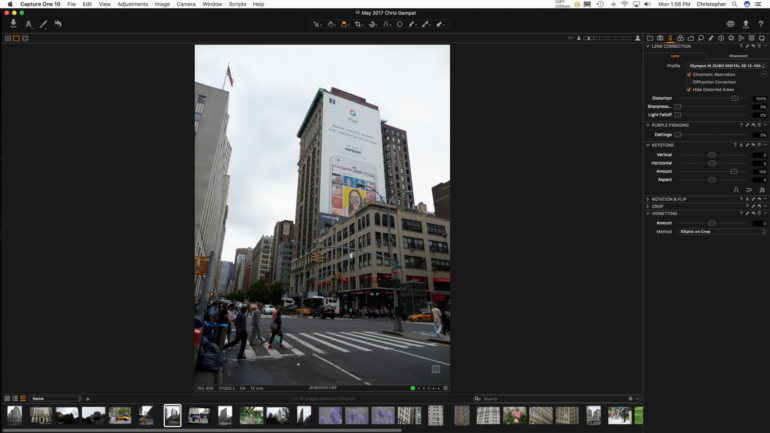
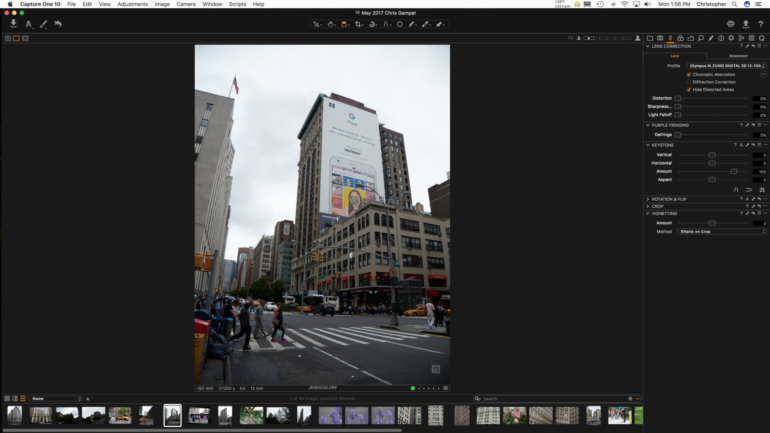
As you can see, it’s pretty visible. However, Capture One can fix this problem for you so there is no reason to sit there and complain about it too much. Let’s move on.
Sharpness

Consider the fact that the Olympus 12-100mm f4 PRO is basically the equivalent of always being at f8 on a full frame camera and you can guarantee the sharpness will always be there and there is more or less no good reason to worry about it being sharp. I rather enjoy its sharpness and the only way to make it better would be with a higher megapixel camera of some sort. But in the near future, that probably isn’t happening.
Extra Image Samples



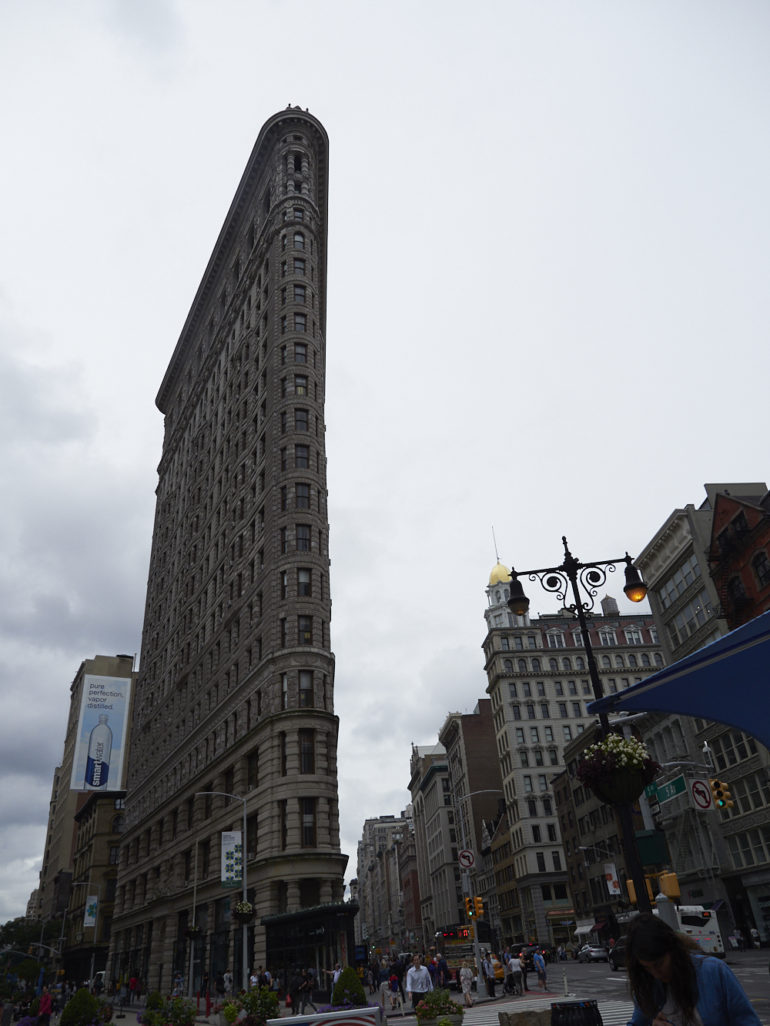
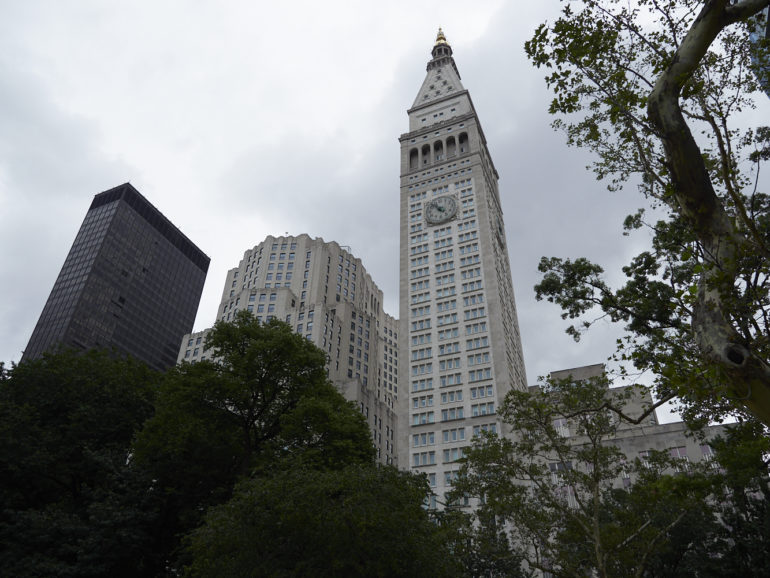
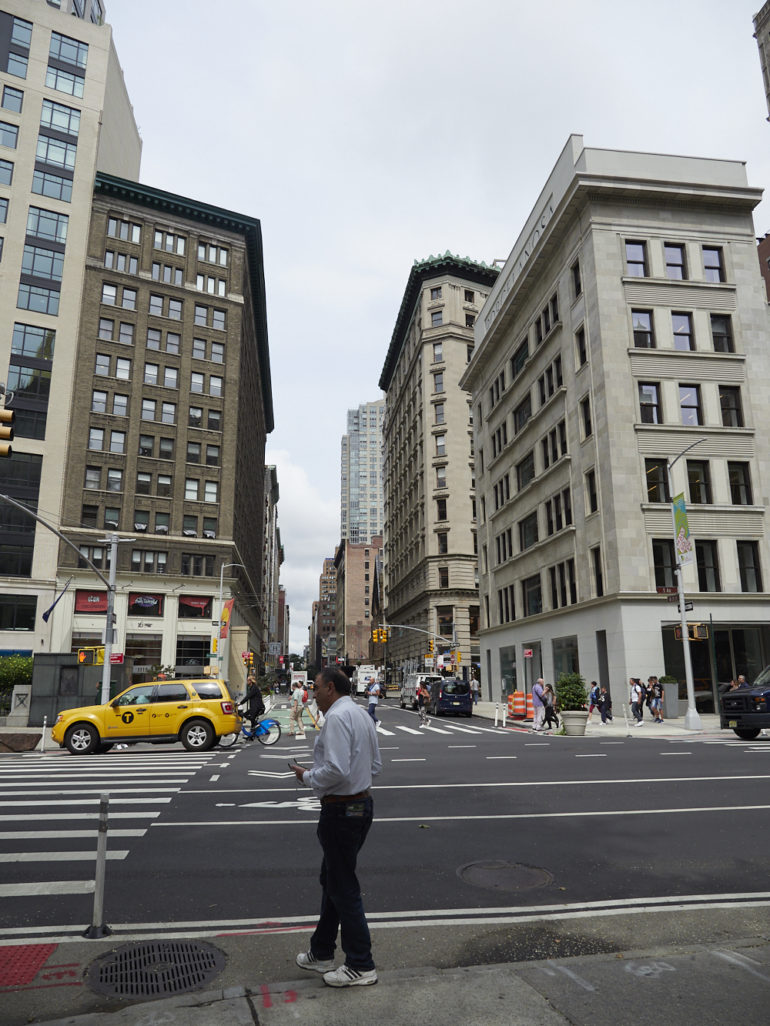
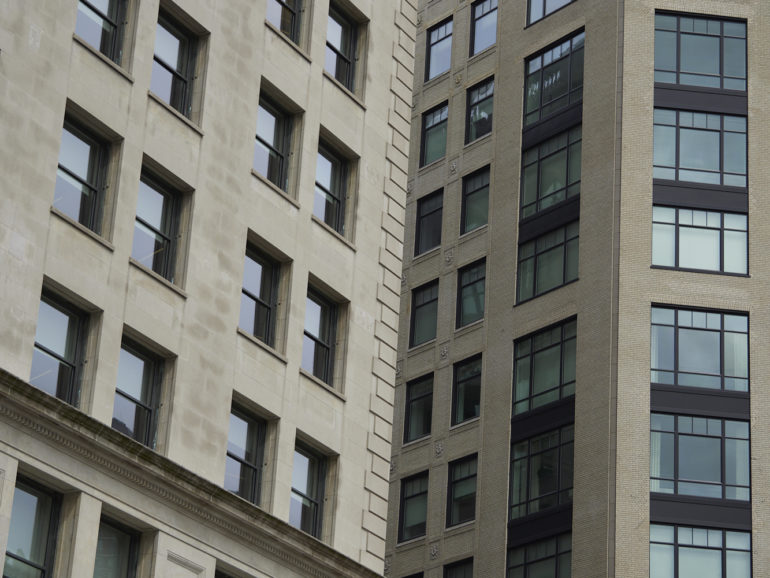

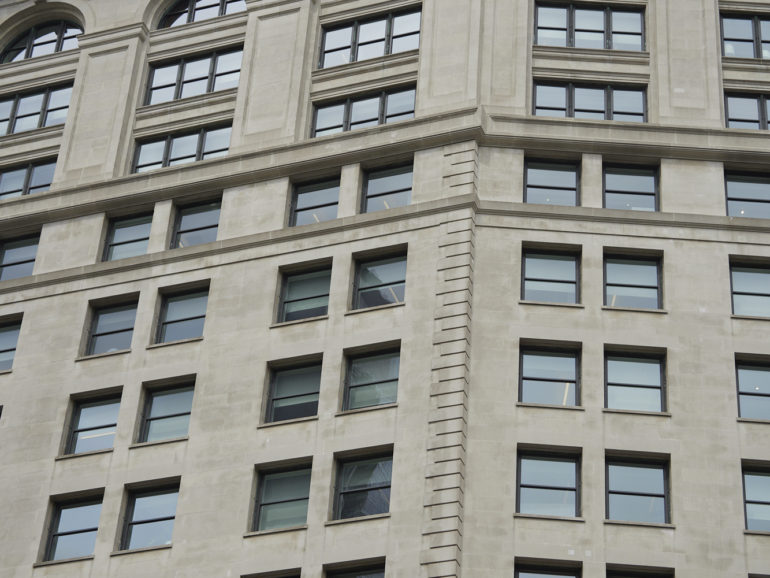
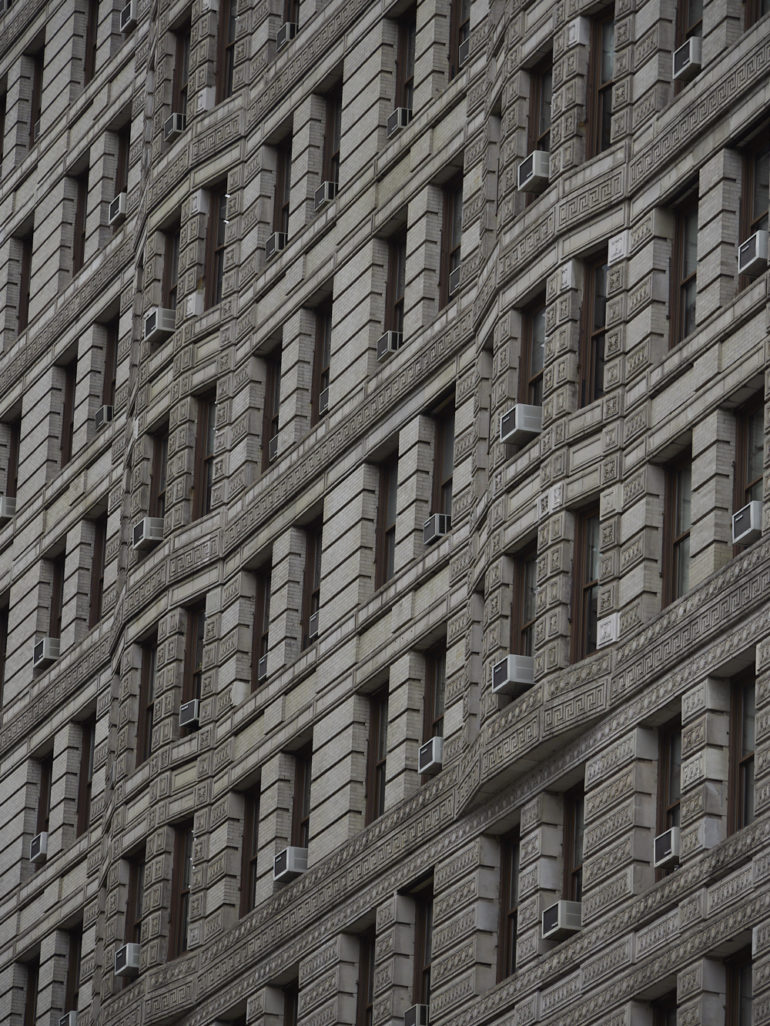
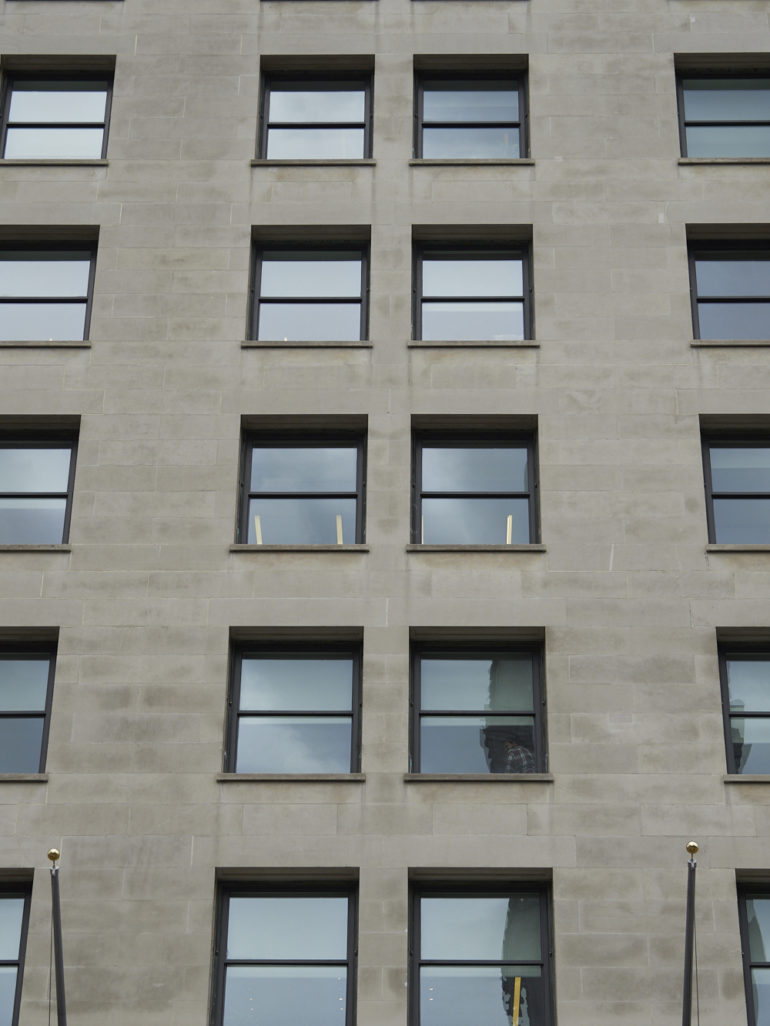
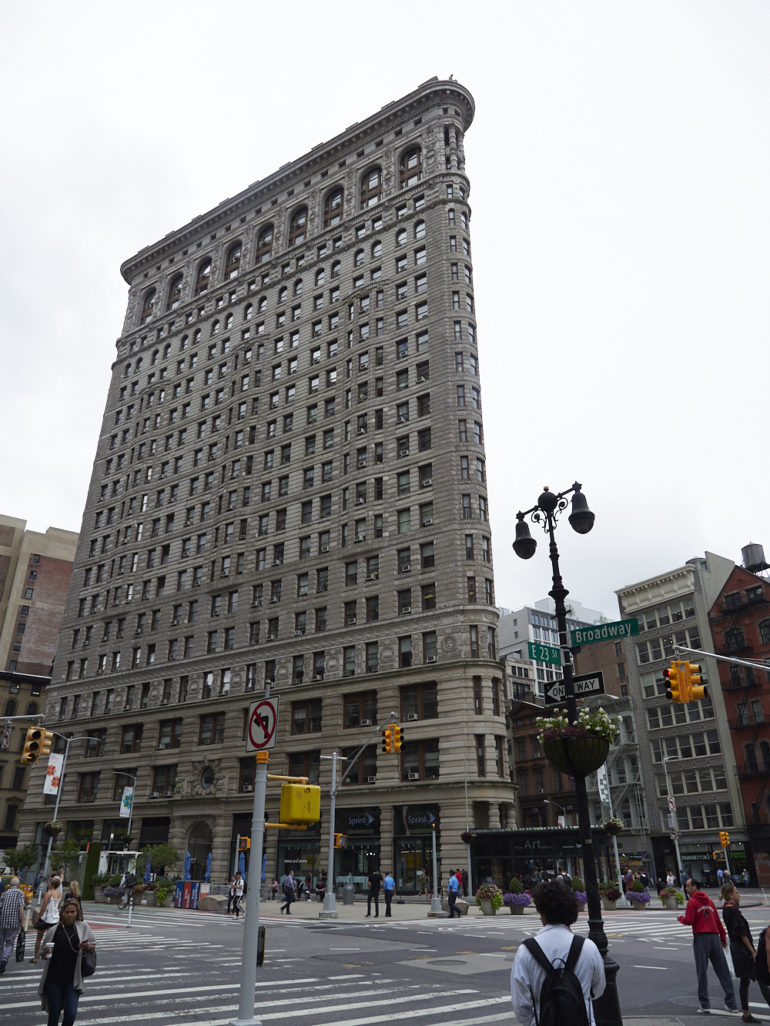

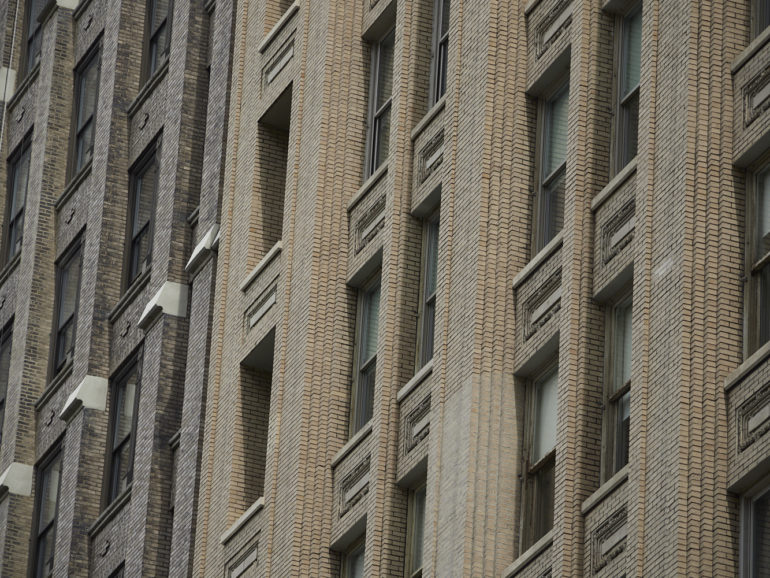
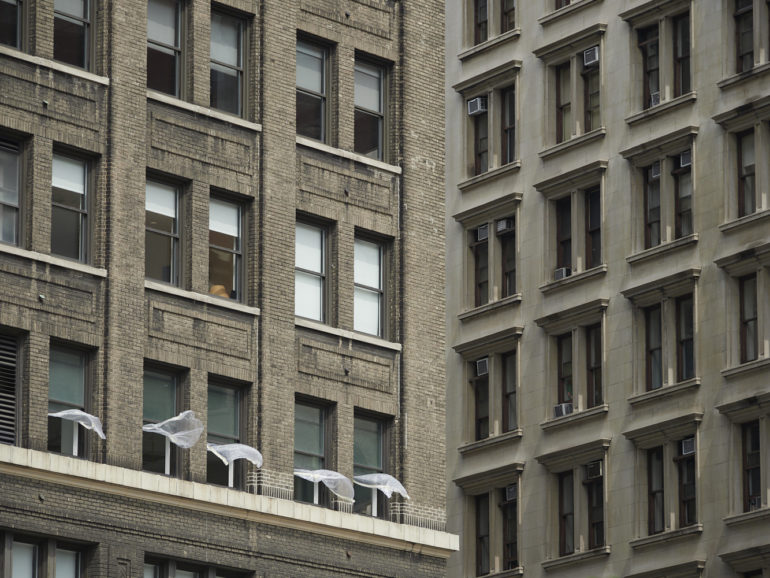
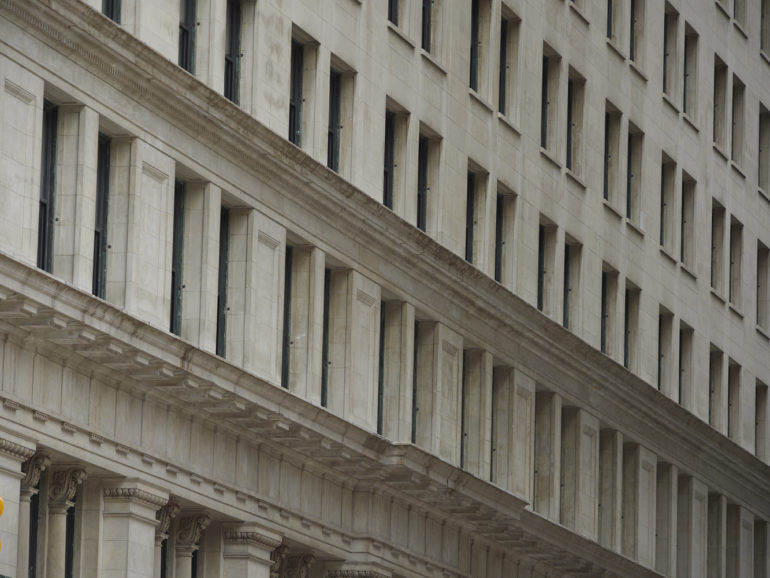
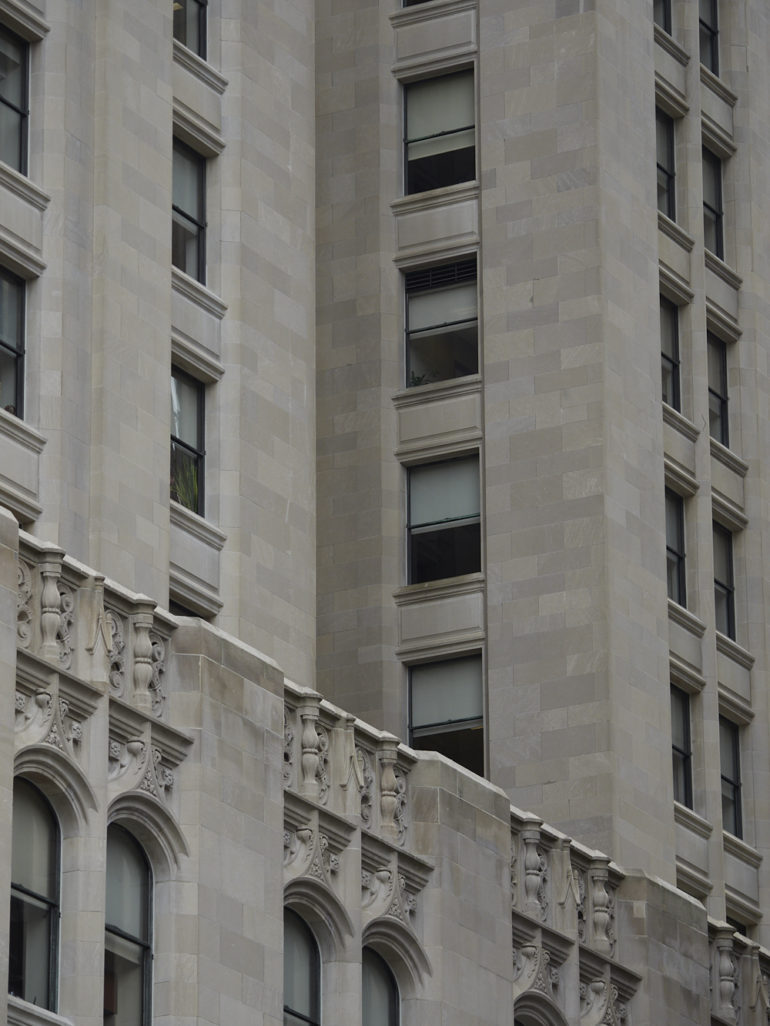

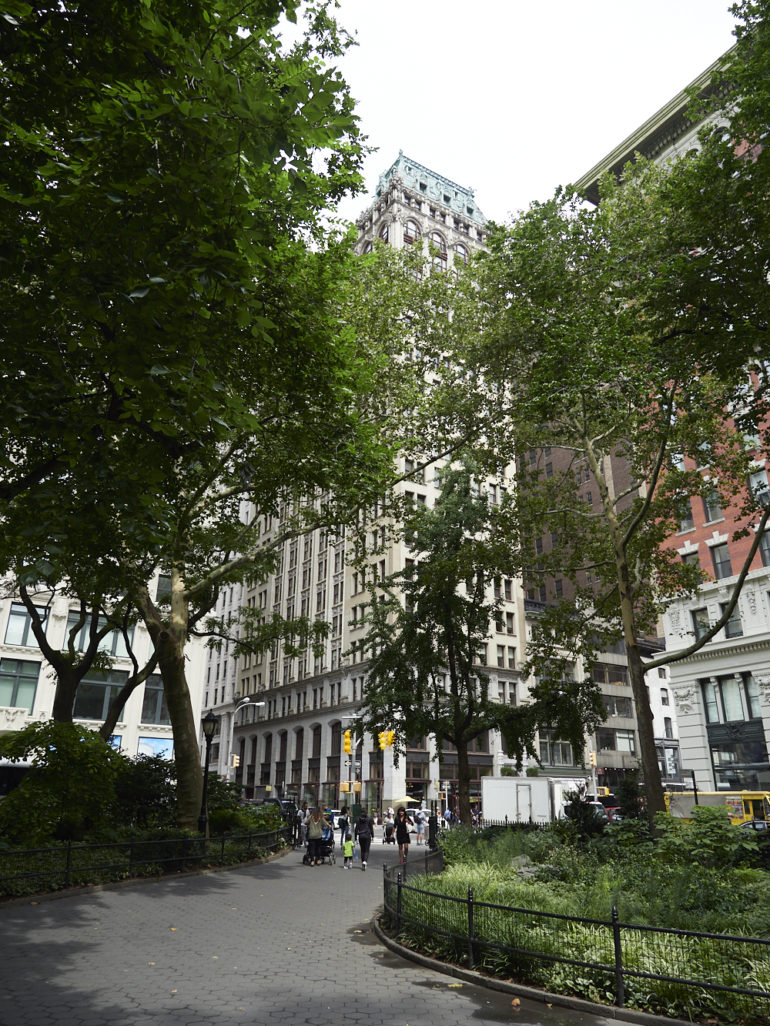



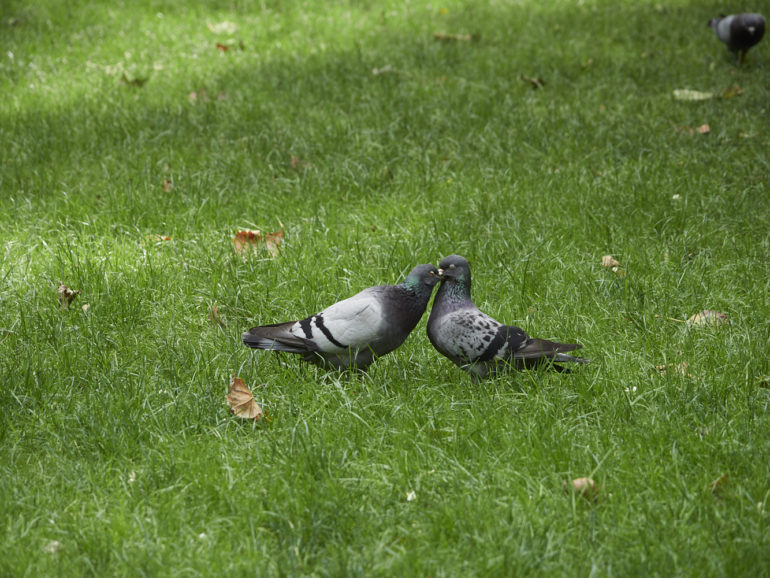

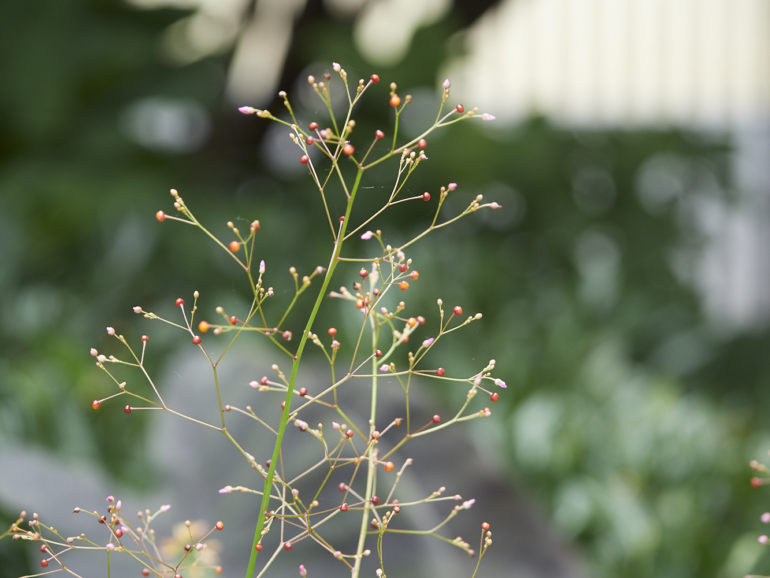

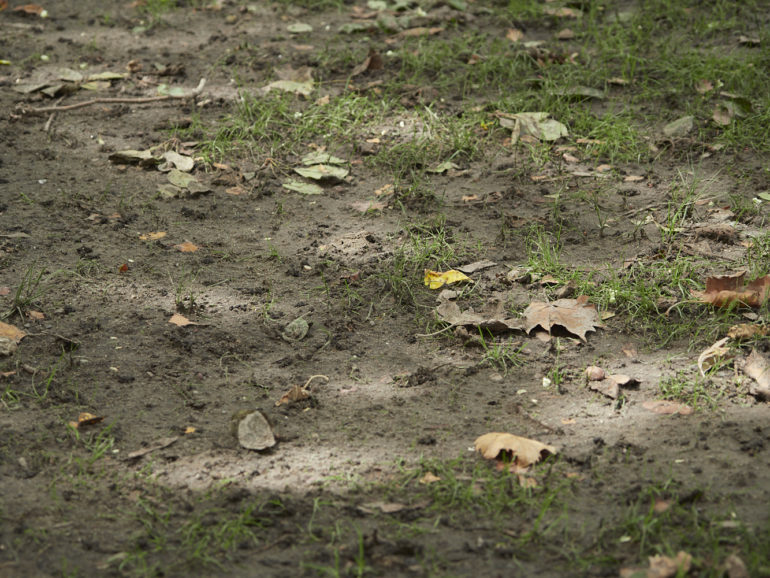


Conclusions
There honestly isn’t a single fault or problem I can really talk about with the Olympus 12-100mm f4 Pro that can’t be fixed in post-production. It’s a great walkaround and photojournalism lens. To that end, I recommend it to a lot of photographers. For $1,299 you’re getting a lens that can handle most situations: studio shooting, walkabout work, weddings, wildlife, etc. Olympus made a big deal about it for great reasons. Combine this lens with a few small primes and you’ve got the kit that you need and want.
For those of you saying “But Micro Four Thirds.” get over it. We live in a day and age where iPhones are used to shoot billboards in Soho and at the end of the day, you’re the photographer. You are more than capable of making better photos.
 The Olympus 12-100mm f4 Pro deserves five out of five stars.
The Olympus 12-100mm f4 Pro deserves five out of five stars.


